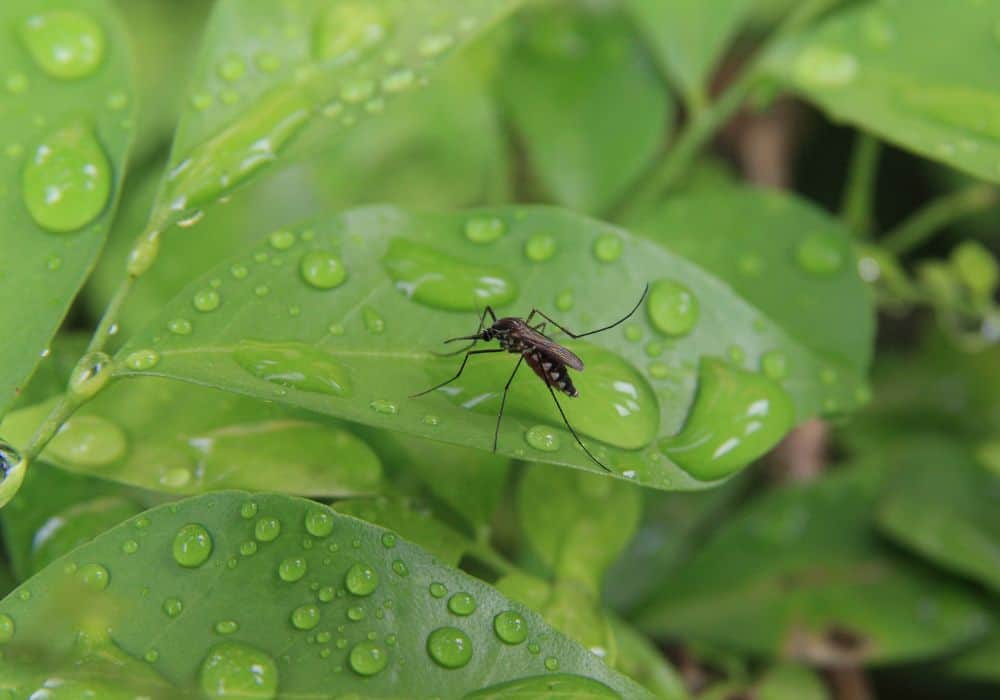Do you need help identifying a pest that has entered your home in Rhode Island? If so, buckle up; we will cover common house insects that like to invade our living spaces!
Certain parts of America have climates that favor various bugs, and considering that Rode Island has a humid continental climate, you may come into contact with various bugs!
Generally, most pests like to inhabit areas with sources of moisture because all living things need water, and they have to keep themselves hydrated! Now let’s check the common house bugs in Rhode Island!
Common House Bugs in Rhode Island
1. Cockroach

Image Credit: sonablaze
Unfortunately, most of us know what cockroaches look like, and they are one of the most disgusting insects out there (you probably agree). Cockroach belongs to the order Blattodea, and there are around 4,600 species of cockroaches (disturbing information).
The most common species in Rhode Island include the American, German, and Oriental cockroach! So what’s the difference? Compared to the German cockroach, the Oriental and American cockroaches are one of the largest species of roaches.
The American cockroach is slightly bigger, around 1.1 to 2.1 inches, while the Oriental cockroach can grow to 1.25 inches. Like most pests, cockroaches thrive in moist areas, such as under the sink or behind a fridge.
That is why cockroaches are often found in the kitchen; there is plenty of food and a water source; what do you need more? Interestingly, if they cannot find any food (normal food), they will eat glue, soap, and even toothpaste.
Now, cockroaches will not bite or sting you, but the droppings and urine they leave behind can contain various bacteria and viruses, and touching them or the surfaces on which they congregate can make you sick.
You can easily get food poisoning or an allergic reaction if they contaminate the food.
2. Stink Bugs
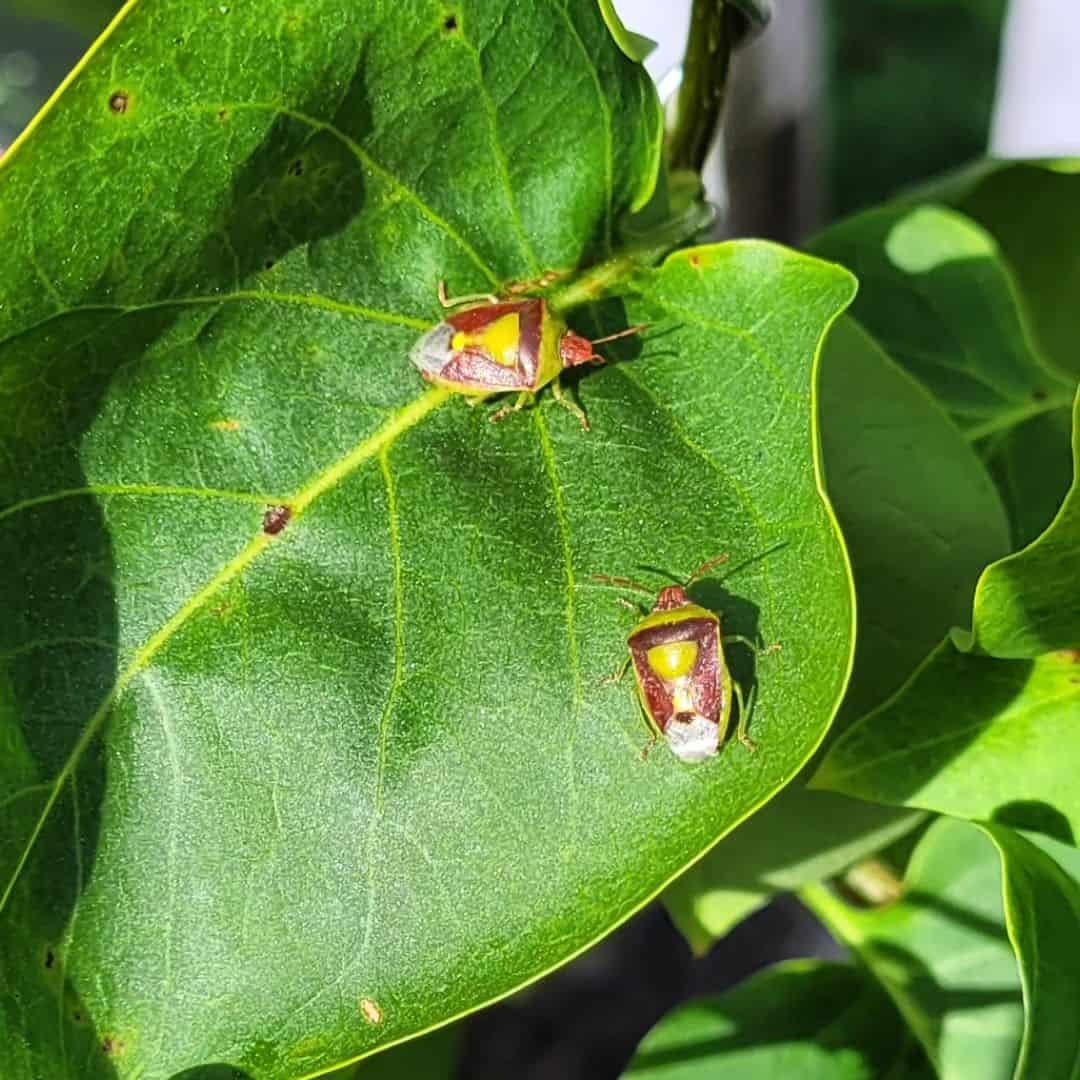
Image Credit: bluedaisyz
If you have ever been to Rhode Island, you might know that stink bugs are very common, and people often battle these nuisance pests in their homes!
Brown marmorated stink bugs usually enter homes in winter, and trust me, getting them out is more challenging than it sounds. These pests are usually an inch to two inches in size and are oval-shaped and brownish.
I’m guessing you know why they are called stink bugs- when feeling threatened, they emit foul odors. Some signs that you have a stink bug infestation in your home include finding many dead or alive stink bugs.
Their favorite spots are hidden areas in the house, including attics, crawl spaces, cracks, crevices, false ceilings, and inside walls.
They usually turn up in the warm areas of the house as sunshine or warmth attracts them; that is why they congregate around reflective surfaces such as windows, light paint, and concrete.
However, stink bugs will not cause structural damage to your home compared to other pests. They are just an inconvenience and are bad at getting the hint that they are unwanted.
If you currently have a stink bug infestation, you can get rid of them using lemongrass, peppermint oil, or clove oil; stink bugs hate essential oils with protruding smells.
3. Bed Bugs
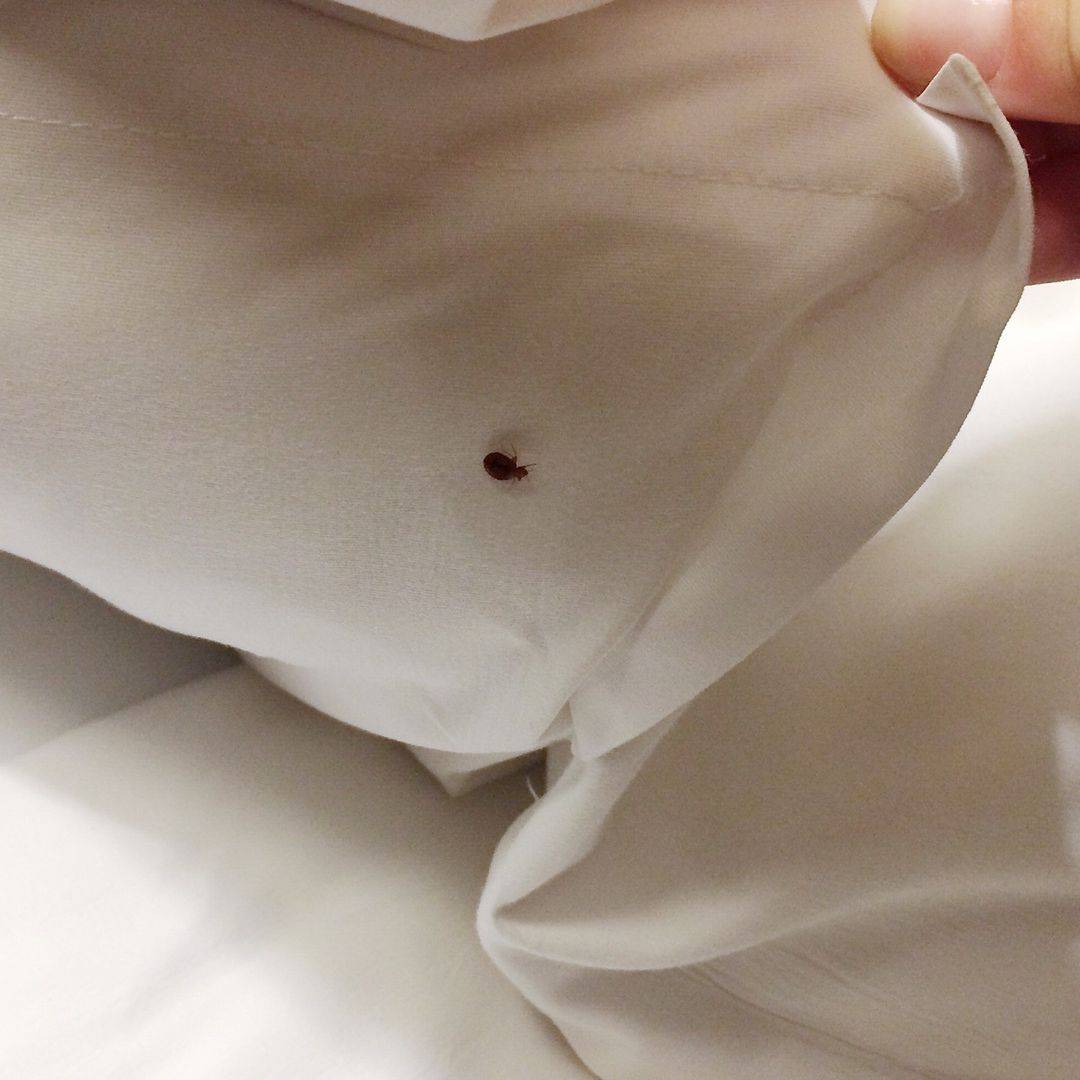
Image Credit: mothernaturespest.lawn
Bed bug infestation is a growing problem in Rhode Island and everywhere in the US. As you know, bed bugs are small, flat, and brownish insects that feed on human and animal blood.
Like all other pests, they like to invade our homes because it provides them with perfect living conditions. These small pests usually hide in seams of beds and sofas, mattresses, box springs, bed frames, suitcases, and even electrical outlets.
Suppose you are wondering how people get bed bug infestation. In that case, these pests are usually carried from one spot to another- they attach to clothing or suitcases, especially during travel. That way, they end up in a non-contaminated area where they can wreak havoc.
Regarding bed bug bites, they are not very dangerous, although there were instances in which they triggered an allergic reaction. The bites are small, and the area is usually red and itchy, and it is suggested that you use an antiseptic ointment to prevent a potential infection.
The major problem with these pests is that they cause anxiety; nobody likes to share their bed unwillingly with a small army of blood-sucking pests.
4. Carpenter Ants
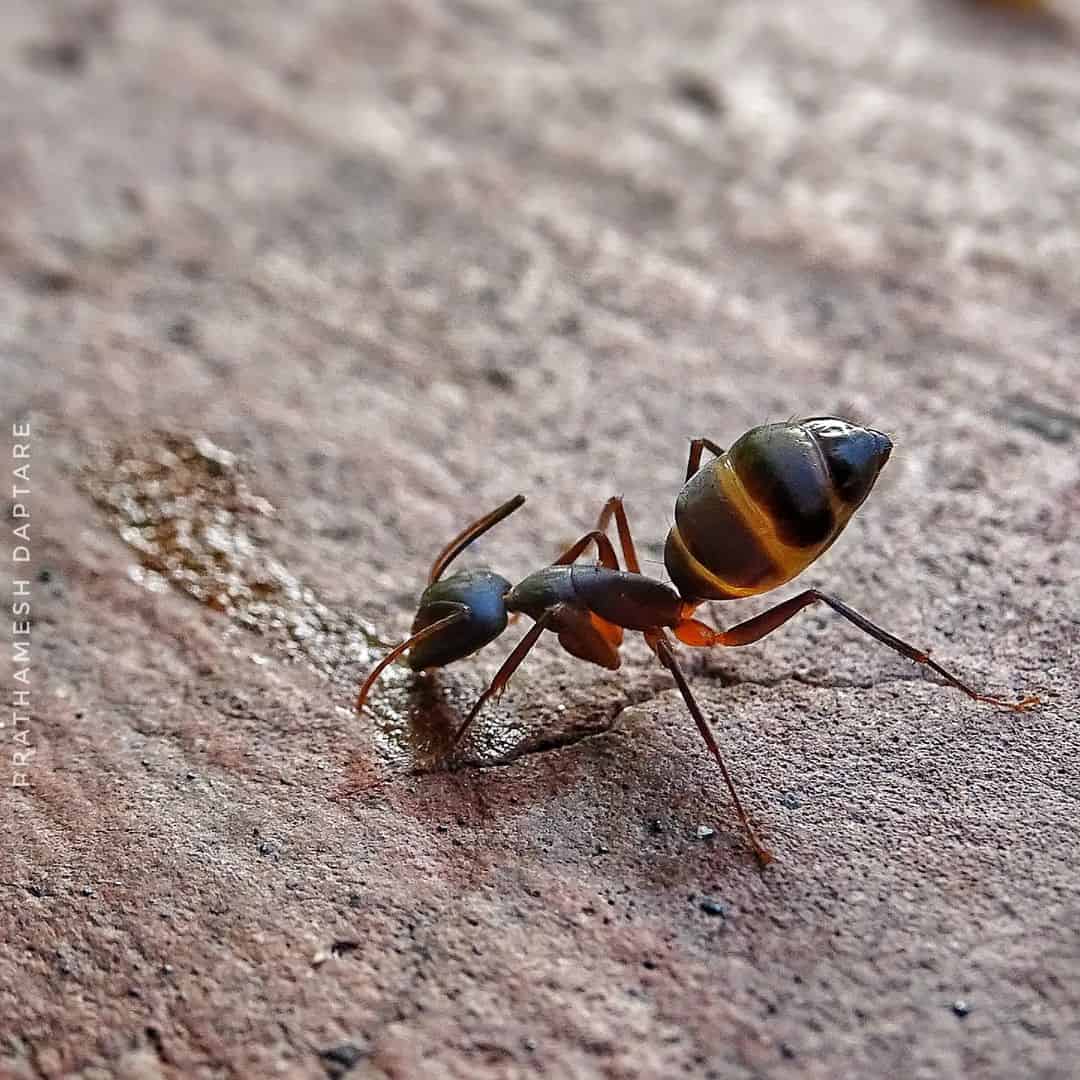
Image Credit: prathamesh_daptare
Carpenter ants are one of the infamous destroyers of structural lumber in Rhode Island, although you can find them almost anywhere in the US. Carpenter ants are a bigger species of ants; they are usually around 1/4-1/2 inches and can vary in size.
They are dark-colored and get their name due to how they build nests; they carve through wood creating tunnels and galleries, which they use as a shelter or nest.
Although it is unlikely that you will get into physical contact with carpenter ants, they can sting when feeling threatened, and their bite or sting is pretty painful. In rare cases, it will call for medical assistance.
However, considering that they weaken the wood as they create their small tunnels, ants cause severe structural damage, and eventually, the wood will start to decay.
They are attracted to moist conditions; for example, an old and moldy sofa with wood elements sounds like a dream come true. In nature, they are usually found in decaying and dying trees that are moist.
One of the effective ways of dealing with the carpenter ants infestation is boric acid, and if you are currently dealing with ants, here is an article on how to use boric acid!
5. Silverfish
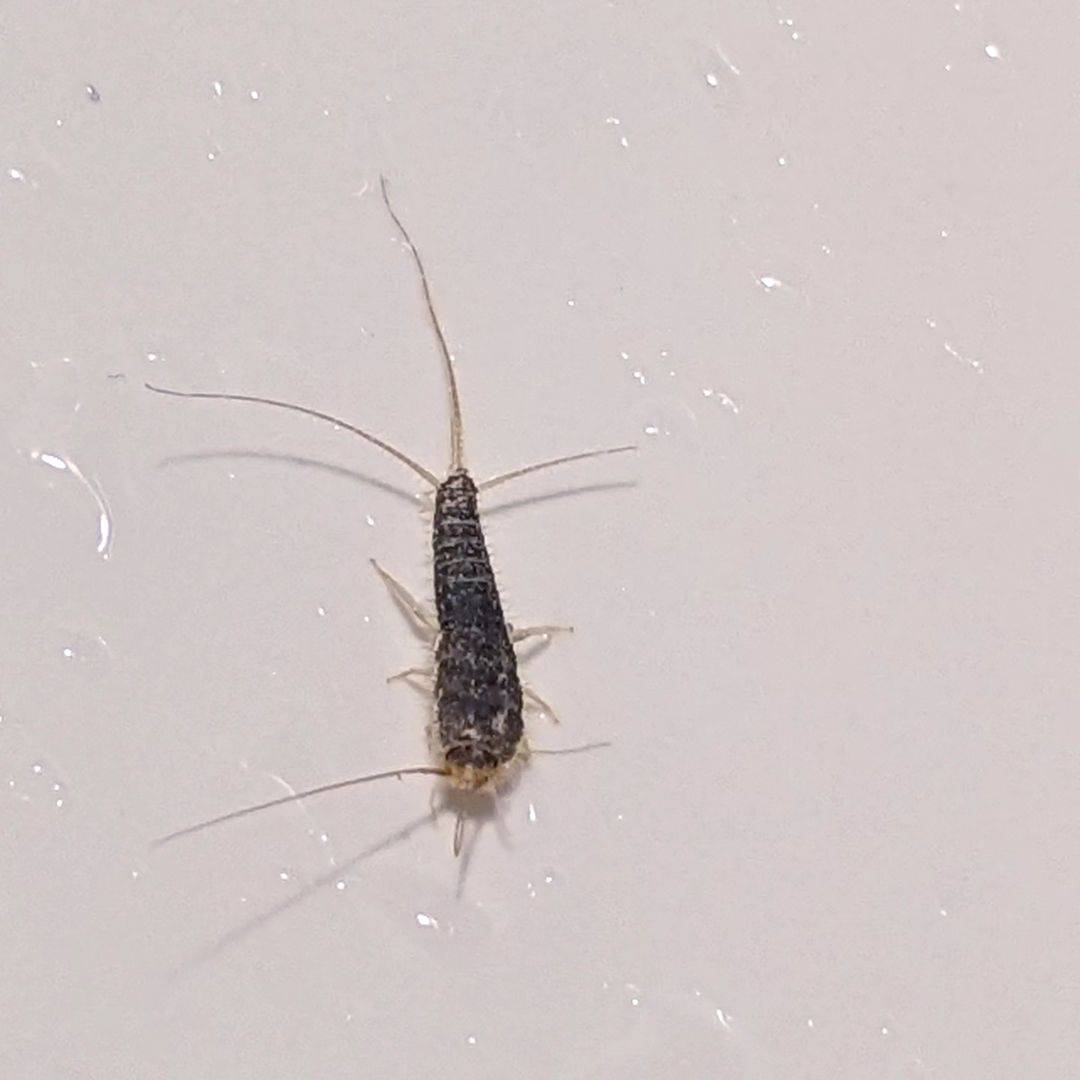
Image Credit: another_girls_junk
If you ever wondered what those tiny silver alien-looking things on your wall are, wonder no more! Silverfish is a species of small primitive insects without wings that feed on anything available, such as protein and carbohydrates.
They are attracted to our homes because of the food and will gladly munch on flour, bread crumbs, sugars, dry meat, wallpaper, glue, and even fabric. They are nocturnal insects and usually hide in tight cracks and crevices.
Now, although they look like they came out of Ridley Scott’s movies, they are harmless. However, they can cause damage to your belongings and contaminate your food. They like to damage paper goods such as books.
6. Rodents and other Wildlife

Image Credit: h2_ojaco
Will any list of common home pests be complete without mentioning one of the most notorious critters out here? Probably not; that is why we will also review rodents that like to make messes in our homes, although they are not bugs!
Rats and mice enter our homes usually in autumn before the winter starts, as they need shelter and a food source. While some people may even think that mice are cute, they can make you sick.
These rodents are problematic in the same manner as cockroaches- they are carriers of various bacteria and viruses which can cause various health issues, such as Salmonella poisoning.
On the other hand, skunks, raccoons, foxes, and opossums can also be a nuisance.
7. Fleas and Ticks
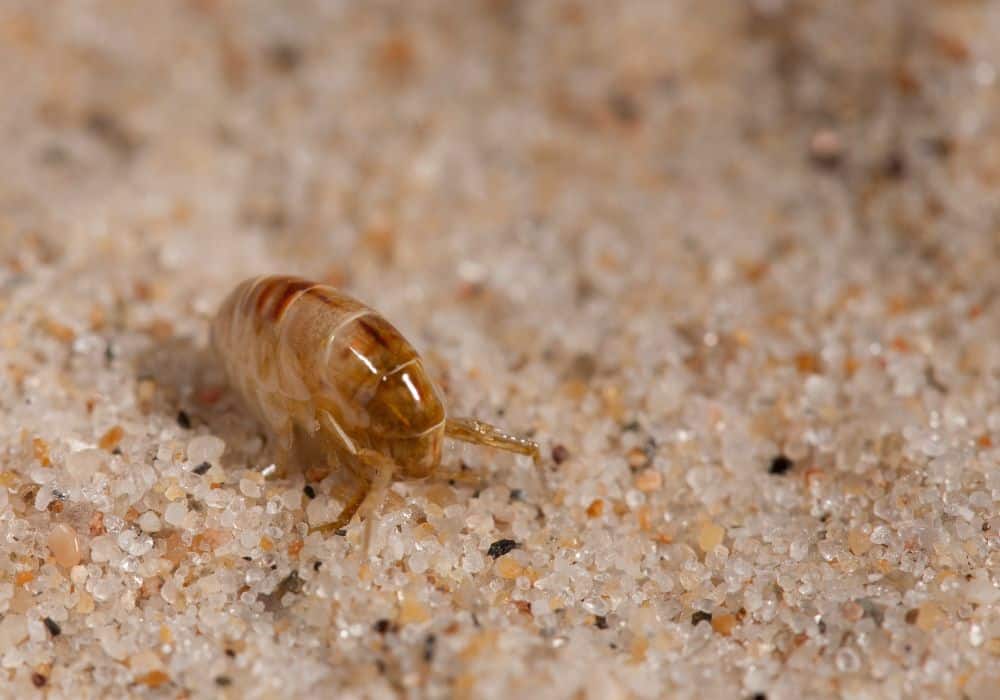
Other common nuisances that complicate lives in Rhode Island are fleas and ticks. Both ticks and fleas are small parasitic insects that feed on human and animal blood. These external parasites can give you a headache, both literally and metaphorically.
Considering that they feed on animal blood, they can also be carriers of various diseases and bacteria. When it comes to Rhode Island, the black-legged tick is particularly problematic. Also known as deer ticks, these ticks are brownish or orange in color and have dark legs.
Like any other type of tick, they bury their head inside your skin and suck on the blood.
Coming in second place is the American dog tick, which is slightly larger and brown but has grey lines. When it comes to flea bites, they usually cause only skin irritation, which goes away after a couple of days.
Fleas like to hide near the host, for example, in your bed or sofa, while ticks are usually brought to homes. They often cling to leaves of grass and attach to a host as he passes by.
8. Mosquitoes
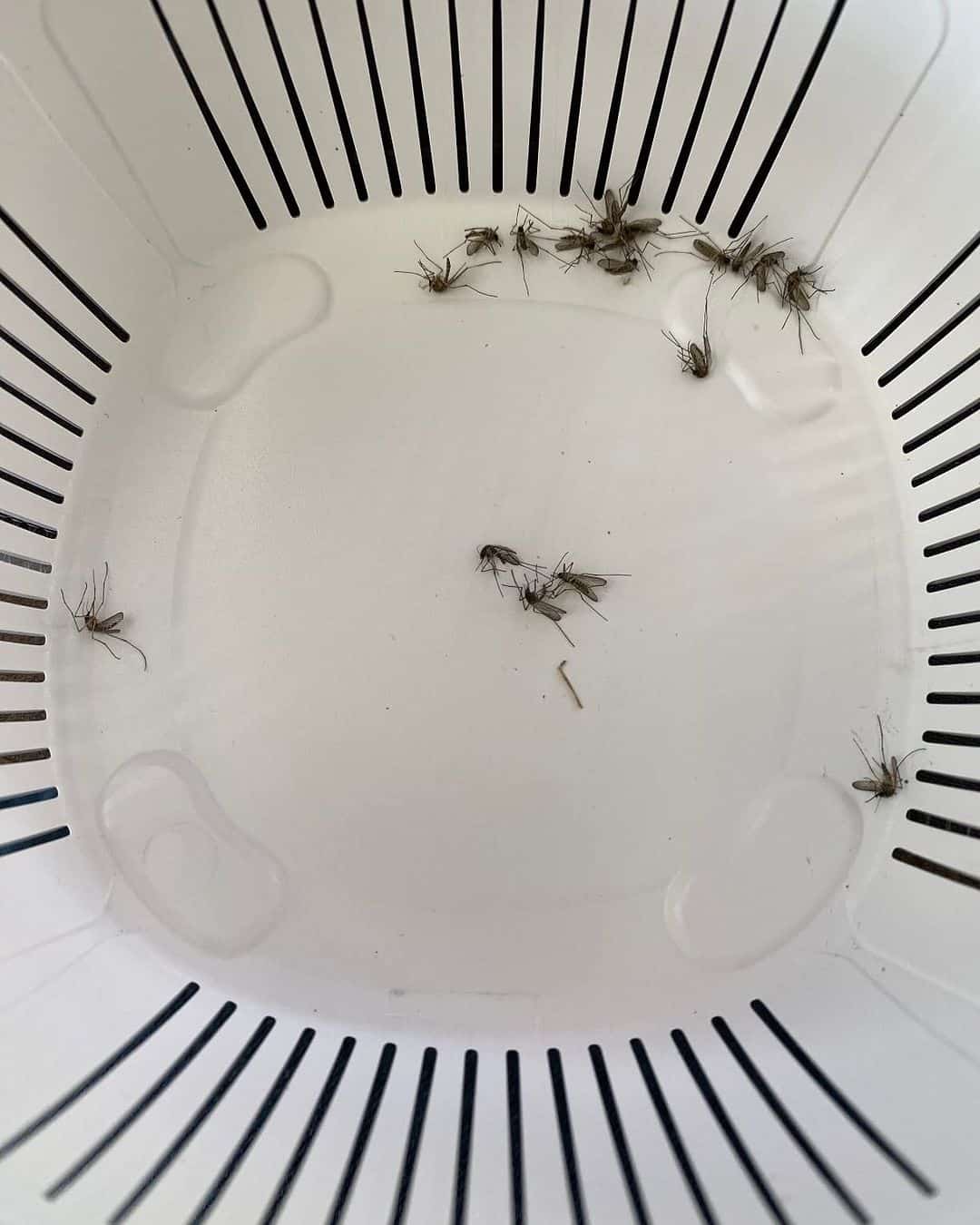
Image Credit: xpest2006
Can you guess who loves the humid climate of Rhode Island? You guessed correctly- mosquitoes!
Coming from the family Culicidae, mosquitoes are flying insects known to transmit various viruses, including Zika, West Nile, Chikungunya, dengue, and malaria.
Contrary to popular opinion, female mosquitoes are larger than males. These tiny pests thrive in humid conditions and will try to find those in your house; for example, they like resting near the sink but can be found in other dark and damp places.
Regarding mosquito infestations in Rhode Island, the risk of mosquito activity is said to be moderate. The most important thing is to eliminate standing water and try to seal any cracks and crevices.
Considering that we keep windows and doors open during the summer, preventing them from entering is hard. However, you can install a mosquito net on your window and get some mosquito repellents!
What to do if I notice some of these pests in my home?
Suppose you think that you may have a cockroach or ant infestation (or any other). In that case, you have two options: you can try to exterminate them yourself using various insecticide sprays and deterrents, or you can call pest control.
There are also various natural solutions that you can make at home, using household products such as vinegar or peppermint oil. However, anyone who works with pest control will tell you that prevention is the best way to deal with common house bugs.
It happens that people bring the infestation on themselves because of the unhygienic conditions, which usually favor these pests, particularly ants and roaches. If you do not feel like battling the pests, you can always call professionals!
Conclusion
So, that concludes it! The most common house bugs in Rhode Island are fleas, ticks, ants, silverfish, bed bugs, carpenter bees, stink bugs, mosquitoes, cockroaches, and last but not least, rodents and other wildlife.
Have you ever had a pest infestation you could not eliminate? Please share your experience with us! If you have any questions, do not be shy and ask away!
